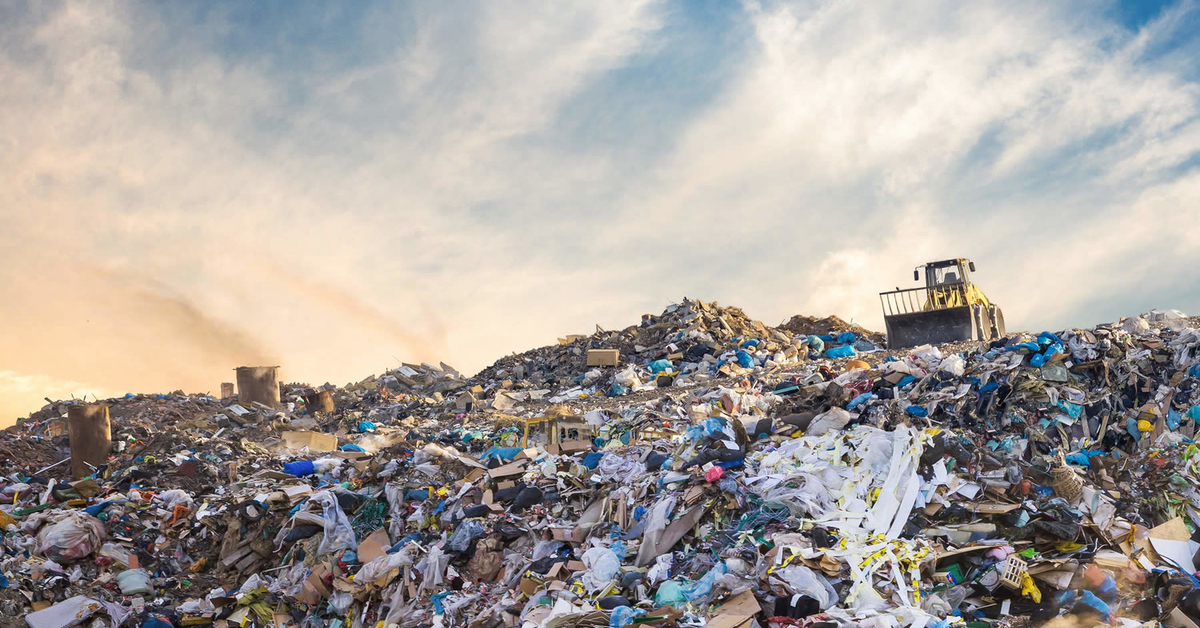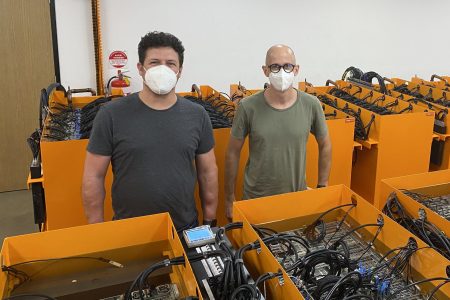We’ve seen researchers transform plastic waste into jet fuel and even edible proteins. Cows are even found to be part of the solution!
But now, it is also possible to make hydrogen gas out of pesky plastic waste!
It’s undeniable that humanity is facing a plastic crisis. In 2020 alone, an estimated 300 million tons (that’s 300,000,000,000,000 grams!) of plastic waste was generated. While most of these wastes end up in landfills around the globe, a significant amount is leached into ecosystems, where the elements break it down. As a result, approximately 8 million tons of microplastics make their way into lakes, rivers and all of the world’s oceans every year, posing severe threats to plants and wildlife. If nothing drastic is done, this number could triple by 2040, leaving us with almost 29 million tons of microplastics in the oceans every year.
The lack of recycling is one of the major factors driving the plastic pollution we see today – only a mere 9% of plastic is recycled. In a new effort, researchers have devised an ingenious method to digest ordinary consumer plastics into a useful energy source with microwaves.
Surfing the microwaves.
As reported in Nature Catalysis, the new approach to extract hydrogen from plastic waste holds the promise of being quicker and less energy-consuming.
The research team, led by Professor Peter Edwards and Dr Tiancun Xiao from the University of Oxford, broke down plastic into tiny pieces with a kitchen blender and mixed them with iron and aluminium catalysts – chemical agents that speed up reactions. They proceeded to blast the not-so-yummy concoction with microwaves, efficiently recovering 97% of the hydrogen in the plastic in just 30 to 90 seconds.
Besides hydrogen gas, the scientists also recovered another high-value by-product from the recycling process – carbon nanotubes. These nano-sized tubes, despite comprising just pure carbon, are considered wonder materials in the modern scientific age. Though 1000 times thinner than human hair, carbon nanotubes are stronger than steel and carbon fibres, more conductive than copper, and lighter than aluminium, making them particularly suitable for nanotechnology applications.
In tandem with other renewable energy sources.
While their approach to recycling plastic has not been tested at a larger scale, the researchers are already working to scale up their method for industrial use.
This new and innovative form of catalysis has immense potential as a route out of the plastic Armageddon we face. It also paves another possible way towards a hydrogen-based economy, which could work in tandem with other renewable energy sources such as wind and solar.
Several commercial facilities are already being developed to transform plastic waste into hydrogen using other non-microwave methods. For instance, British waste-to-energy company Powerhouse Energy is set to deploy its hydrogen production technology across Europe in an effort to hasten the region’s transition to clean energy whilst providing a solution to end-of-life plastic. Their technology uses searing temperatures to decompose plastic waste into syngas, a mixture of hydrogen and carbon monoxide, and then using another step to extract the hydrogen.
As the composition of hydrogen in plastic products is roughly 20 – 30% by mass, plastic waste offers a potential source for countries aiming to kickstart a hydrogen economy.
Hydrogen is becoming increasingly cost-competitive as its production costs decline and markets expand. Therefore, it might be time to seriously consider hydrogen in the energy transition, start contemplating key areas where hydrogen could be used and begin making investments where necessary.




































